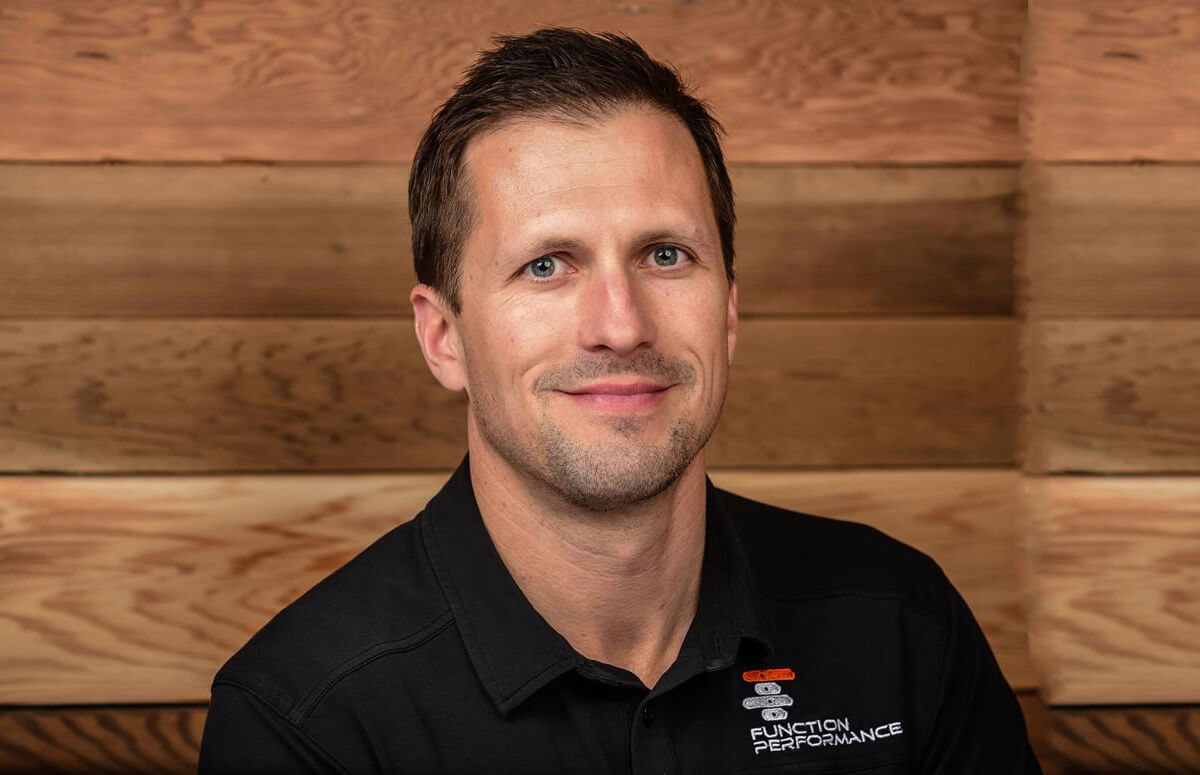The barbell deadlift is among the best ways to build endurance and strength in the low back and posterior chain. Unfortunately, you’ve probably heard of several people getting injured during this lift. Almost always, there’s a failure in maintaining proper form. If you’re new to deadlifting, or noticing a lot of pain and pressure in your back after deadlifting, make sure to get a qualified coach to watch your form to make sure you’re maintaining proper mechanics in your spine and hips.
It’s normal to feel unsure about lifting after a bout of back pain, but I can assure you that deadlifting is one of the best exercises to maintaining a resilient back. If you’ve hurt yourself deadlifting before and are a little wary, there are other exercises that can help you with the transition back into deadlifting.
Grooming the hip hinge
Make sure to shift your weight into your hips and drive them backwards. Step away from the wall to make it more difficult. The most important part of this is maintaining a rigid torso. If you’re bending in your low back, you aren’t performing this correctly.
Performing the deadlift with a kettlebell
The kettlebell is useful to start learning, or re-learning, how to deadlift. Without worrying about getting the bar around your knees, you can focus on safe back positioning and moving through the hips. If you’re having trouble with keeping your back in neutral at the bottom of your deadlift, then try a Romanian deadlift variation with the kettlebell. Think of starting the rep in the top position of the KB deadlift. Now start the rep by moving your hips back and maintaining a rigid torso. The bottom of the rep will be when you FEEL as much tension in your hamstrings as you want to tolerate, NOT when the KB touches the floor. Return to the starting/top position once you get to the maximal amount of tension.
Deadlifting from a rack or blocks
If you’re goal is to get back into deadlifting with a barbell, this is a great exercise to perform. If you’re lacking mobility to get into the proper start position while maintaining a safe back position, the blocks or rack will help you with that. Progress by lowering the rack or choosing lower boxes once you can perform the lift with good technique. An additional benefit is that you’ll be able to lift more weight with good form than if you were pulling off the floor. This can have the psychological advantage of making your back feel robust and strong because you’re putting it in a position to be the most successful.
Give these exercises a try and let us know what you think!



